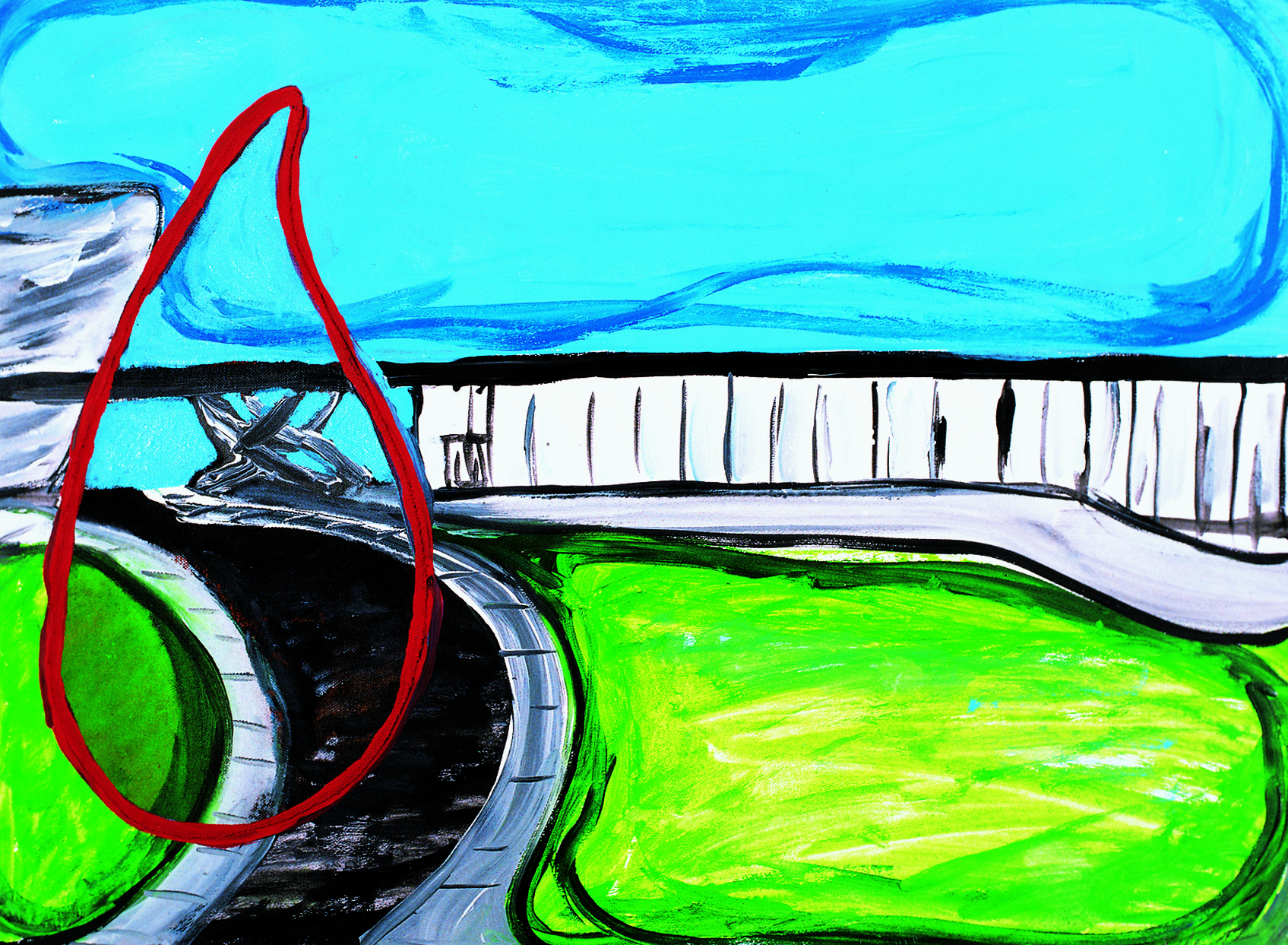
credits: Leda Catunda, MAM, 1998. Photo: Romulo Fialdini
The representation of the human body in modern and contemporary art reveals that the relationships that we establish through it are replete with power dynamics. Some of these relations arise naturally, as in the case of emotional and family ties, while others are determined by specific contexts and conditions that dictate the proximity or distance of bodies in dynamic situations. In Cândido Portinari’s prints—created to illustrate a special edition of Machado de Assis’s Posthumous Memoirs of Brás Cubas—characters from the novel are depicted in expressive gestures, clothing, and interactions that convey their relationships, even without textual references. Heitor dos Prazeres’s painting and Lívio Abramo’s watercolors capture the energy of dance in dynamic images of posed bodies and billowing skirts. The works of Ismael Nery, Anna Maria Maiolino, Antônio Henrique Amaral, and Marco Paulo Rolla explore bodily intimacy from various perspectives, some more symbolic, others more literal. Meanwhile, Rubens Gerchman and Claudio Tozzi introduce the theme of social and political order, their works marked by the national context of the military dictatorship under which they were created. Flávio de Carvalho and Samson Flexor’s portraits address issues relating to the representation of identity, employing Cubist fragmentation as a visual strategy to generate subjectivity. By contrast, Letícia Parente, Ana Maria Tavares, and Tunga omit the body entirely, suggesting its presence when we reflect on the function of the objects portrayed. (G.G.)










